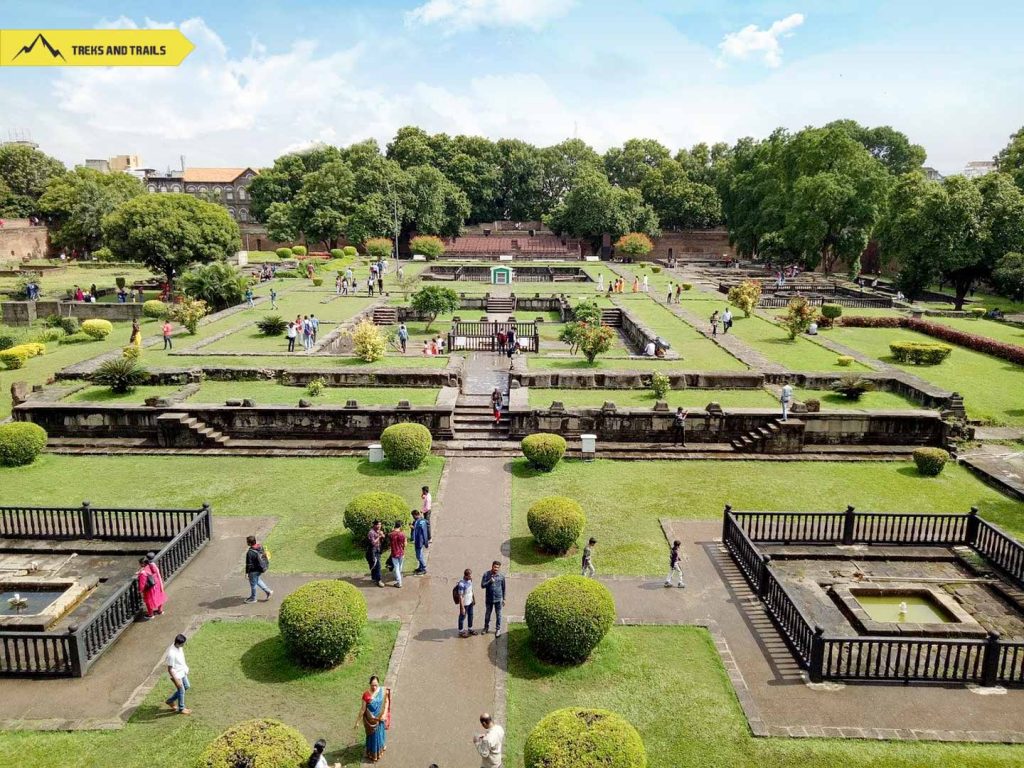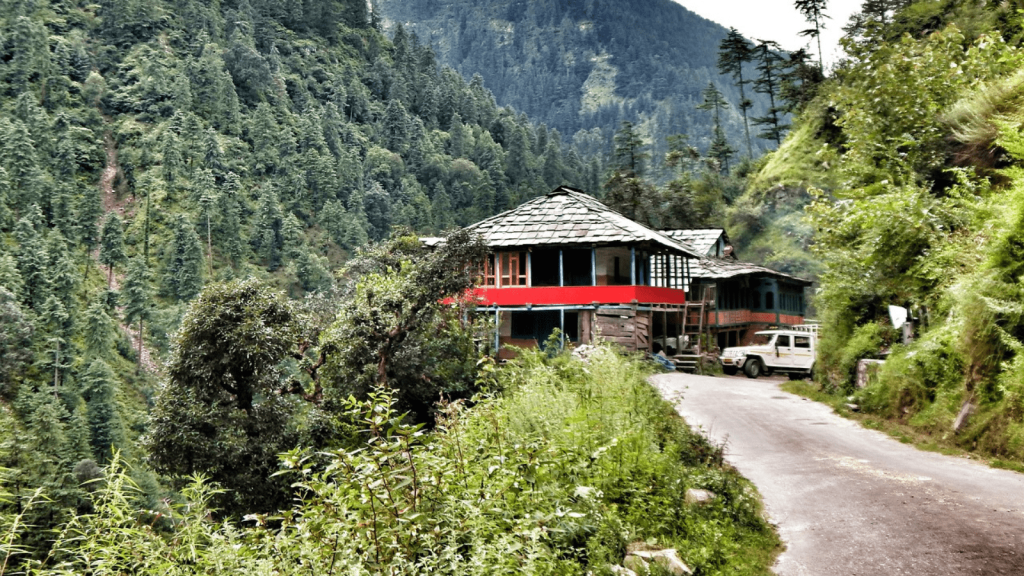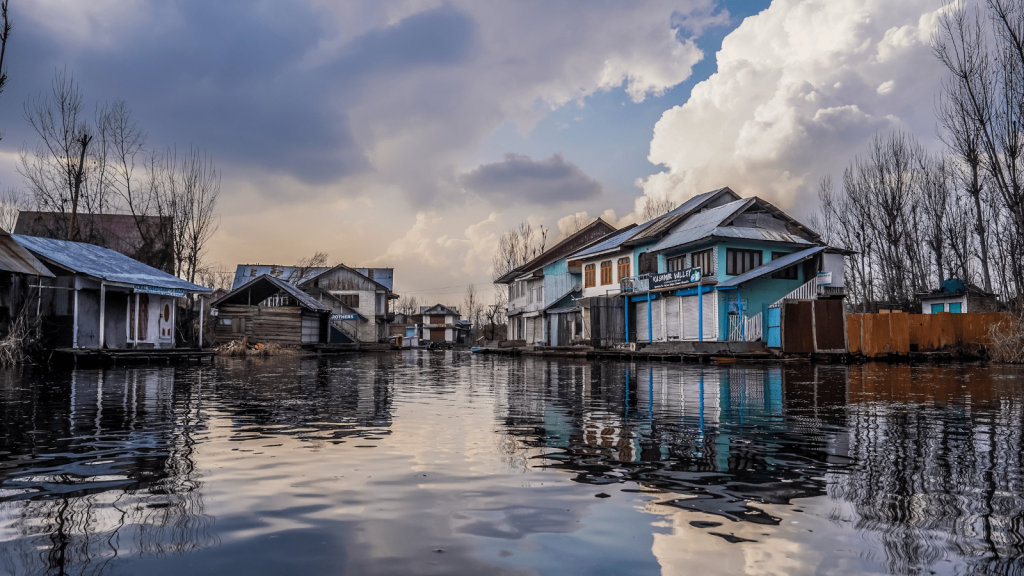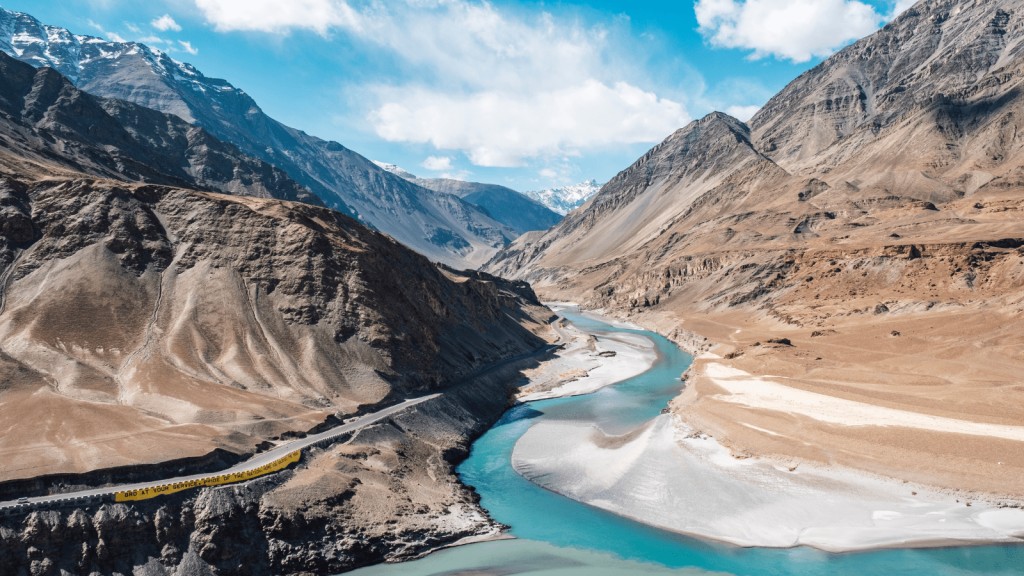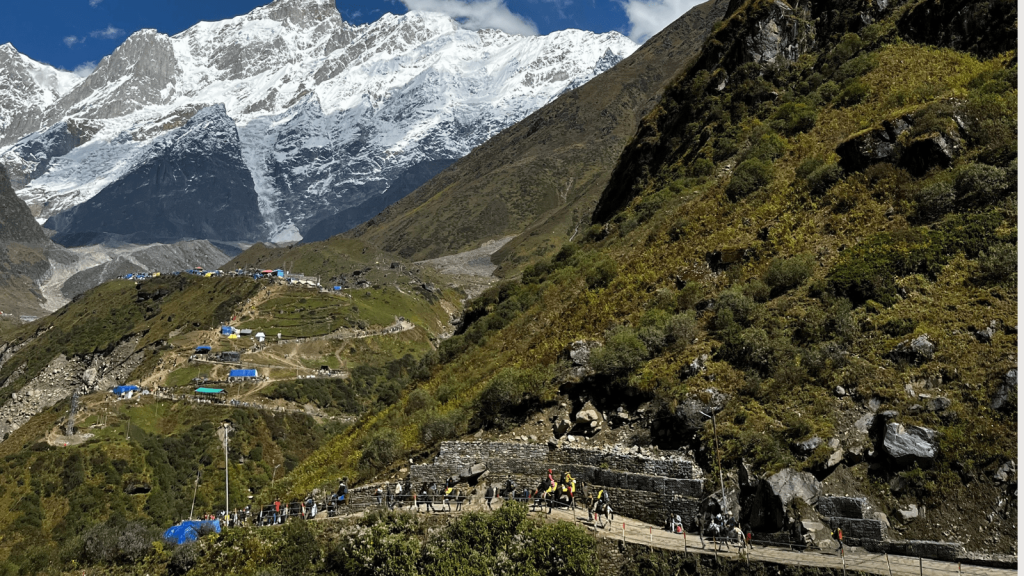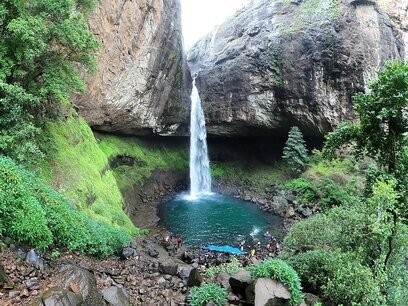The Complete Beginner's Guide to Shaniwar Wada Pune
Pune takes immense honour in its rich legacy and heritage. The Wadas and Peths of Pune have been praised for a long time. One of the most renowned and prestigious Wada is the 286-year-old Shaniwar Wada, and it remains to be evidence of the proud Maratha Empire. It was at one time a melting pot of culture and politics, and to date, draws in nearly 300 sightseers from over the globe every day. The Wada fortification in Pune covers around 625 acres of land, was constructed by Peshwa Bajirao I, as the domicile of the Peshwas. It was the hub of the Maratha Empire from 1730 to 1818. A significant site in Indian history, It has been almost crushed by several military attacks and fires over the 18th and 19th centuries and is in a dilapidated condition. It was also captured by the British when the Third Battle of Panipat concluded in 1818.
The authentic and excellent fortifications and fountains will leave you spellbound. There is also the outstanding sculpture of BajiRao I, that decorates the passageway of the fort which is very admirable. However, be careful, it is believed that Shaniwar Wada is haunted and it is recommended that you abstain from visiting it after sunset and on a full moon. The entrance ticket costs are of INR 5 for Indians and INR 125 for foreigners. It is a milestone site that stands today as a permanent feature of the history that Pune lived through. The seven-storeyed fortress is located in the heart of Pune. You can commute via a local transport such as autos, taxis, and buses. Many Pune Darshan buses take tourists to Shaniwar Wada.
How Did History of Shaniwar Wada Become the Best? Find Out
Shaniwar Wada history, When Bajirao 1 was proclaimed as the Peshwa, he chose to move his base from Saswad to Pune. Therefore, his abode was built in Pune, known as the Shaniwar Wada. It turned into the heart of activities for the Maratha Empire for a considerable length of time to come. Occasions like the Maharani's advent, the homicide of Narayan Rao Peshwa, enormous attacks, lastly, the loss of Shaniwar Wada to the British, are among numerous significant occasions this Wada has witnessed.
Constructed in the early 1700s, Shaniwar Wada Architecture was the glorious seven-story headquarters structure of the then Maratha kingdom. 10 January 1730 witnessed the investiture ceremony of Shaniwar Wada which derived its name from the words Shaniwar which means Saturday and Wada which signifies a residential complex in Marathi.
Many individuals protested the brilliant fortress which was wanted to be altogether worked in stone because solitary only Kings had the power to construct royal stone residences. In this way, six out of seven stories were worked with bricks and wood, and just the ground floor included stones. The teak used in the construction was collected from the forest of Junnar contributed to the teak for building purposes while the lime was extracted from the lime belts of Jejuri.
The British realm pulverized the six floors around the next ninety years, and the captivating royal residence had just the base floor staying to muse over the impressive history. Shaniwar Wada fire that broke in 1812 wrecked two floors of the fortress including the ammunition center and the Asmani Mahal. On 27 February 1828, Shaniwar Wada went up in flames which disintegrated the whole royal residence abandoning rock defenses and the vestiges of the structure alongside a couple of sturdy teak doors. In any case, the most noticeably awful was in the year 1828 during which the fire went over a week and engulfed up a few levels in the fort, antiques, and records.
An Architectural magnum opus that depicts the Legacy of the Marathas
Even though in ruins, Shaniwar Wada keeps on being one of the best design magnum opuses in Indian history. There are a few sections in the royal residence that live to tell the tale of the flames; one being the well known five entryways. The primary door is known as the Dilli gate that has enormous spikes on it, to shield the fort from any military assault. Other comparatively smaller gates incorporate the Mastani gate, Khidki Darwaza, Ganpati gate, and the Narayan Gate. There are several flights of stairs along with the dividers that lead to empty lobbies inside the castle. Notice the many-sided carvings on the columns, bastions, and the curves. What is still left of this spot is a couple of smaller canons that were recovered over time by authorities. One must check out the remaining parts of the Hazari Karanje or also called the wellspring of thousand planes, formed like a 16-petal lotus. This old fortification is worked of stone and block and has high structural incentives too. Nonetheless, just the stone piece of the Wada could endure an assault by the British guns.
The barricades of Shaniwar Wada portrayed the grand magnificence of the sagas the Mahabharata and the Ramayana while Persian mats enhanced the great marble flooring. The Ganpati Rang Mahal is hard to miss as it was another critical site for every single festival of the Peshwas and was honoured with a massive sculpture of Lord Ganesha. By and by, you can watch nine bastion towers, a garden compound, and different doors. Shaniwar Wada is the magnificent chateau that worked as the living arrangement of the Peshwas. Once a seven-floor celebrated structure it was gutted in a fire. What remains are only the fortress dividers, five entryways, and bastions that encased the royal residence.
An Expert Interview About Enchanting Gardens
Shaniwar Wada inside is it's lovely, all-around manicured gardens. You can sit with a book and effectively go through hours over here. Nonetheless, there is a positive side to the situation at Shaniwar Wada in 2016. Since the time the arrival of the Bollywood film Bajirao Mastani, sightseers are crowding to the Wada to connect with the historical backdrop of Bajirao. Shaniwar Wada light and sound show is being restored to engage the travellers who have started to wander into this Wada. These days, on a languid weekday evening as the vacationers, have a mini excursion at the Wada, sound testing for the sound and light show is being attempted, making a one of a kind climate.
What Everyone Is Saying About Shaniwar Wada Light & Sound Show
One of the significant highlights to visit Shaniwar Wada is the light and sound show that happens directly at the core of the Wada. Begun in 2000, it portrays the whole excursion of Chhatrapati Shivaji Maharaj's time through a lovely projection of dynamic lights and hypnotizing pictures over a fountain. The show is showcased in Marathi, Hindi, and English.
You can visit the hypnotizing Shaniwar Wada between 8:00 am and 6:30 pm consistently. If you are keen on watching the light and sound show, you have to buy a different ticket for it. The show timings for the English adaptation are from 8:15 pm to 9:10 pm. Tickets for the show must be bought on the spot as there is no arrangement for web-based booking.
Shaniwar Wada is also among the haunted places in Pune.
Shaniwar Wada Haunted story is considered as one of the spookiest. It is on the bucket list of Haunted spots in the city of Pune. Shaniwar Wada Ghost story, The fifth Peshwa, Narayanrao, was mercilessly killed by the watchmen inside the fortification. Gossip has it that his soul keeps on frequenting the castle and many say they've heard a male voice crying 'kaka mala vaachwa' {uncle, save me}, particularly on full moon evenings.
Frequently asked questions
- Shaniwar Wada timings & entry fees?
Shaniwar Wada Opening & Closing Time are 8 am to 6.30 pm. It is open every day of the week. Entry fee is Rs five per head for Indians, Rs 25 per head for light and sound show, and Foreigners entry fees is Rs 125 per person.
2. Can you tell me about the Five Gates of Shaniwar Wada?
The primary door is known as the Dilli gate that has enormous spikes on it, to shield the fort from any military assault. Other comparatively smaller gates incorporate the Mastani gate, Khidki Darwaza, Ganpati gate, and the Narayan Gate.
3. Shaniwar Wada information?
The Shaniwar Wada fortification in Pune covers around 625 acres of land. Shaniwar Wada was the hub of the Maratha Empire from 1730 to 1818. A significant site in Indian history
4. Shaniwar Wada Ganpati decoration theme?
Ganesh Chaturthi festival is marked with the installation of Ganesh clay idols in homes, society, offices, publicly on elaborate pandals. Shaniwar Wada Fortress is an elegant decoration theme used by devotees.
5. Places to see near Shaniwar Wada Pune?
There are many amazing places to see located few kilometers away from the Wada here is the list.
- Lal Mahal Pune
- Raja Dinkar Kelkar Museum
- Tulsi Baug Pune
- Mahatma Phule Museum
- Pataleshwar Cave Temple

